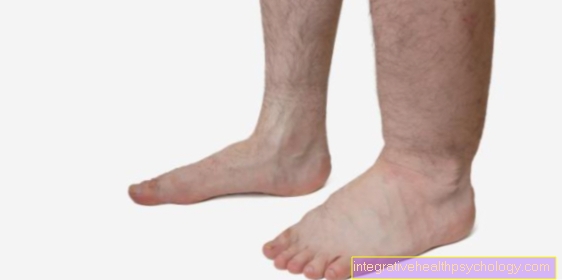Rash in children
introduction
When parents suddenly see a rash in their children, they are usually very concerned. In most cases, however, harmless childhood diseases or allergic reactions to certain environmental stimuli are hidden behind the skin changes.
If the rash persists for a long time or if the child develops clear symptoms of illness, such as high fever, a medical examination is always advisable. Usually the doctor can easily infer the underlying disease by examining the rash in combination with other symptoms of the child's disease.
The following are possible causes that could be behind your child's rash.
Please see the main article for more information Skin rash.
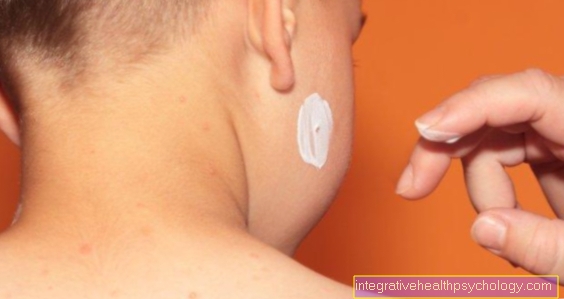
Teething problems
- Chickenpox: One of the best-known diseases that typically occur in childhood are so-called chickenpox (Varicella).
These are caused by the varicella zoster virus. The condition manifests itself as a rash in the form of itchy blisters and red spots that are spread all over the body. Over the course of several days, the blisters dry out and become crusty until they finally disappear completely after a few weeks.
Read more about the topic here: Blistered rash
- Measles: Measles also typically occurs in childhood and is accompanied by a typical rash. Unlike chickenpox, measles rash does not itch and does not consist of blisters, but of red-purple spots that run into one another. The rash begins behind the ears and face and from there spreads all over the body. At the same time, there are sometimes bright spots on the oral mucosa (Koplik spots). The rash usually disappears after four to five days.
Read more on the subject at: Measles rash
- Scarlet fever: Characteristic of scarlet fever is a light red, smooth tongue, the so-called raspberry tongue. In addition, there may be a rash in the form of bright red spots that can appear all over the body.
Scarlet fever typically includes a rash on the chest area. This can lead to flaking of the skin in the areas where the rash previously existed. However, this is not dangerous and is a step in the normal course of the disease.
Read more on the topic: Scarlet fever rash
- Rubella: Rubella also causes a rash, but it is often not as easy to see as with other childhood diseases. The rash begins in the head and face area and consists of very light red, maximally lenticular-sized spots that are sharply demarcated from one another.
As it progresses, it spreads over the whole body. Because the spots are very light, small and often very scattered, the rash can easily be overlooked.
Read more on the subject at: Rubella rash
- Ringlet rubella: The ringlet rubella is a viral disease. It is also known colloquially as the slap disease, as the children develop clearly reddened and slightly swollen cheeks about two weeks after the infection. The mouth area is spared from the redness. In addition, the skin is overheated and itchy. Eventually, blotchy, red rashes appear all over the body; preferably on the outside of the arms and legs. These rashes can merge into rings or garlands, which is what gives the disease its name. It is not atypical that the rash disappears in the meantime and reappears later.
Read more on the subject at: Rash with rubella
- Three-day fever: Three-day fever is a viral disease that tends to affect young children and is characterized by a sudden fever that lasts for three to four days.
Then, just as suddenly, a small, speckled, red rash occurs, which is particularly located on the chest, stomach and back. It spreads within a few hours and disappears just as quickly after about three days. There is usually no itching. In rarer cases, the rash can spread to the arms and legs as well as the head.
Read more on the subject at: Three-day fever in the baby - is it dangerous?
More common causes
Here are the most common causes of a rash in children.
Impetigo contagiosa (lichen)
Impetigo contagiosa is a very contagious bacterial skin disease that can occur at any age, but is most likely to manifest itself in newborns and children.
The disease occurs in a large and in a small bubble form.The rash usually starts on the face as red spots that later develop into fluid-filled blisters.
In the small-bubble form, the bubbles are so small that they are barely visible. The reddened skin is noticeable because of the heavily oozing surface. Eventually, yellow crusts form on the damaged skin areas.
In the large-bubble form, the bubbles are visible. They are initially filled with clear liquid, which becomes cloudy over time. After bursting or scratching the vesicles, impetigo contagiosa with large bubbles does not form any or hardly any incrustations.
The bacterial pathogens of the disease are predominant Staphylococcus aureus (especially large-bubble form) and Streptococcus pyogenes (especially small-bubble form).
Read our article about this: Blistered rash - what's behind it?
Meningococcal meningitis
Meningococci are certain bacteria that cause meningitis (meningitis) can cause.
In adults, the disease manifests itself primarily as a severe headache, stiff neck and sensitivity to light.
Symptoms are often less obvious, especially in young children. Many children just appear sick and irritable. Sometimes pale and cold legs stand out.
However, meningococcal meningitis can manifest itself as a characteristic rash. This does not always occur, but it is relatively specific to the disease. Morphologically, the rash appears in the form of small, irregular, red or purple-colored spots that can appear on numerous parts of the body (chest, stomach, back, legs, mucous and conjunctiva, soles of the feet, palms of the hands). The rash is caused by bleeding under the skin.
Since meningitis can be potentially life-threatening if left untreated, early diagnosis and initiation of therapy is important.
You might also be interested in the following articles:
- These are the symptoms of meningitis
- Meningitis in children
- Meningitis in the baby
Lyme disease
Borreliosis is caused by certain bacteria called Borrelia. These are transmitted to humans, for example, by insect bites or, traditionally, by tick bites. Children who play a lot outside in meadows or in the woods are particularly prone to tick bites.
The child should be checked regularly for ticks at home. If the tick is removed early and with the right technique, transmission of the pathogen is highly unlikely.
If Borrelia has been transmitted, this can result in a typical rash, the so-called Erythema migrans (Wandering redness), express. This begins as a red ring or red spot around the tick's puncture site. The stain in the center is traditionally lighter than the outside. Over time, the stain continues to expand from the puncture site. Erythema migrans makes the diagnosis of Lyme disease much easier, but it does not occur in every infected person. It is estimated that only 50% of patients develop the typical wandering redness.
Read our articles about this:
- How can you recognize Lyme disease?
- Lyme disease symptoms
- Rash after a tick bite
Neurodermatitis
Another cause of rash in childhood can be atopic dermatitis. It can occur in all age groups. Those affected have very sensitive and dry skin that is often itchy and reddened. Preferred areas of the body are the knees and elbows as well as the neck and face. The severity of the symptoms of the disease can vary greatly from patient to patient.
Cradle cap in babies is an early form of neurodermatitis. It usually occurs in the third month of life and typically begins on the head, but can spread to the whole body. Itching causes oozing and crusty skin areas.
In the course of life, the disease changes its appearance and then occurs preferentially in other parts of the body.
In children over two years of age, the skin changes concentrate on the neck, the bends of the joints, the hands and face; from puberty onwards, the forehead, eyelids, the bends of the joints, the neck and the back of the hands are more likely to be affected. Chemical additives in creams or shower gel, certain detergents or synthetic clothing can worsen the clinical picture in many patients. Allergies in children also have a negative impact on neurodermatitis.
Read more on the topic:
- Atopic dermatitis in babies
- Atopic Dermatitis - How To Treat It Right
- Homeopathy for atopic dermatitis
Allergic reaction
In principle, a skin rash can always conceal an allergic reaction to environmental substances. Typical for this are severely itchy areas of the skin, swollen mucous membranes, and itchy and watery eyes. Depending on the extent of the allergy, it can also lead to shortness of breath or even allergic shock.
For example, certain ingredients in laundry detergents, shampoos or creams can irritate the skin and cause rashes.
The same applies to synthetic garments, especially if they are worn without washing after purchase.
Last but not least, the rash can also be caused by "everyday“Allergens are triggered, for example by grass, pollen, animal hair or certain foods.
Read more on the topic:
- Childhood allergies
- Diaper rash
- Cow's milk allergy in baby - causes and signs
- Rash from pollen
Rash on the face in children
It is not uncommon for children's faces to be affected by rashes. Itchy or non-itchy, reddened or flaky areas can occur.
The following section is intended to provide an overview of various possible causes of rashes on the face in childhood and to differentiate them with regard to their identifying features and therapeutic consequences.
Read more on this topic at: Rash on the face
Itchy rash on the face in children
- Neurodermatitis: This disease primarily affects the crooks of the arms, the hollow of the knees, as well as the neck and face. The affected areas are dry, flaky and very itchy. Often the spots are also reddened. Various factors such as allergies, stress or bacteria and viruses can trigger (trigger) be for inflammation. In children and infants, food allergies are often provocation factors in atopic dermatitis.
A special form of atopic dermatitis is baby cradle cap, which affects the scalp and usually the entire face.
The treatment is very diverse and depends on the severity of the rashes as well as the age of the child.
Read more about this under: Treatment of neurodermatitis and the ideal skin care for neurodermatitis
-
Sebborrheic dermatitis: Sebborrheic dermatitis, also called head gneiss, is a common rash of unknown cause in children. It shows up primarily on the face and on the hairy scalp and is characterized by severe itching. It is yellowish scaly.
-
Herpangina: Herpangina is a widespread disease caused by the herpes simplex virus. The characteristic red vesicles preferentially affect the oral mucosa as well as the lips and the region around the lips. The vesicles can crust and become superinfected with bacteria. A bacterial infestation of the cold sore can lead to ulceration and pain, fever and headache. A cold sore can be treated with a local ointment.
Red rash on the face in children
- Rubella: In most cases, this disease is symptom-free and leaves those affected immune to re-infection.
However, around 20% of children have a very characteristic rash on their face. Sometimes the rash is also known as cheek erythema. It starts on the cheeks and converges towards the middle of the face. The mouth area is left out. The rash spreads to the arms, legs and other parts of the body and shows fading in the middle, creating a garland-like pattern.
Usually the rash heals after 7 weeks. There is no specific therapy. However, the disease usually heals well without therapy.
Find out more about the topic here: These symptoms can be recognized by rubella
-
Measles: They are a typical childhood disease caused by the measles virus. From about the fourth day of the disease, a typical red rash appears, which begins behind the ears and spreads over the entire face and the rest of the body.
The rash looks like small, red dots, which fade after 5 to 6 days with flaking. There is no special therapy. Bed rest and early treatment of complications is desirable. A vaccine is available for prophylaxis. -
Scarlet fever: This disease is caused by a bacterial infection and results in a fever, painful inflammation of the tonsils, and a red rash. This consists of closely spaced red spots that are slightly raised above the skin level. Typically, the area around the mouth and chin will remain free of the rash. This so-called perioral pallor is also referred to as “milk beard”. The scarlet fever is treated with an antibiotic.
-
Chickenpox: This disease is caused by the varicella zoster virus. The rash consists of red spots the size of a lens, which first appear on the body and face. These develop into nodules with vesicles forming in the middle. The vesicles burst after a few days, creating a brownish-yellow crust.
-
Impetigo contagiosa: Impetigo contagiosa is a common and highly contagious infectious disease that is caused by bacteria.
Especially in the mouth and nose area, as well as the scalp, vesicles form, which have a typical honey-yellow crust. It is treated with antibiotics.
Rash on the legs in children
Many childhood diseases lead to skin rashes, which in the course of the disease also affect the extremities. These include:
- chickenpox
- measles
- Ringlet rubella
- rubella
- Scarlet fever
- Neurodermatitis
- Lyme disease
Read more about this under: Red spots on the legs or a rash on the thigh
Rash on the abdomen in children
The well-known teething troubles tend to be found on the torso and stomach. The rashes usually show up on the face first and then spread. This applies, for example, to the
- measles
- rubella
- Ringlet rubella
- chickenpox
- Scarlet fever
- Diaper rash (in infants and young children)
Read more on this topic at: Rash on the abdomen
Rash in children without itching
There are many different causes that can lead to a non-itchy rash in children. Some typical examples of this are:
- measles
- rubella
- Scarlet fever
- Allergic reaction
Read more about this under: Rash without itching
Rash in children with itching
Some rashes in childhood are characterized by more or less pronounced itching. Possible causes for this are:
- chickenpox
- Ringlet rubella
- Seborrheic dermatitis
- scabies
- Lice diseases
Read more about this under: Itchy rash




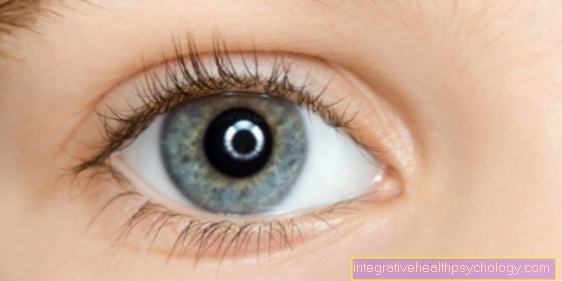
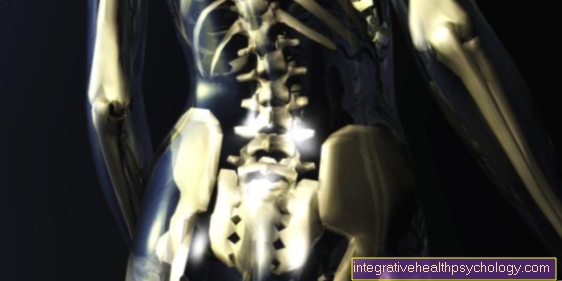


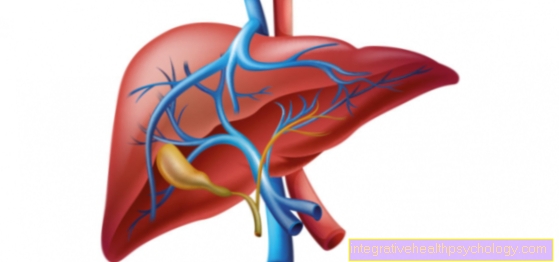
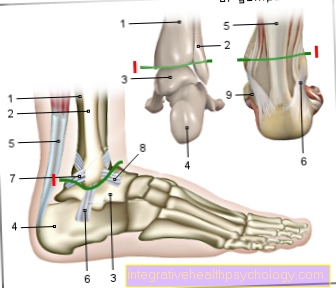

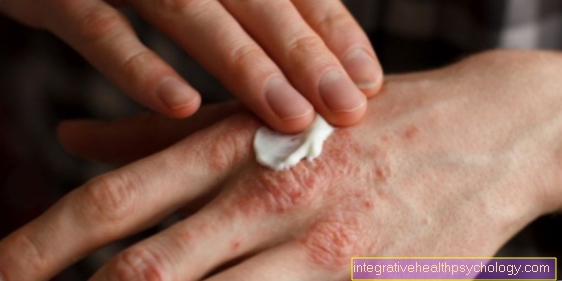
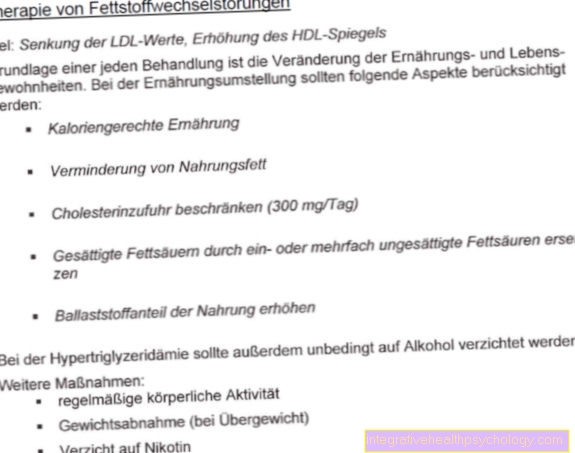





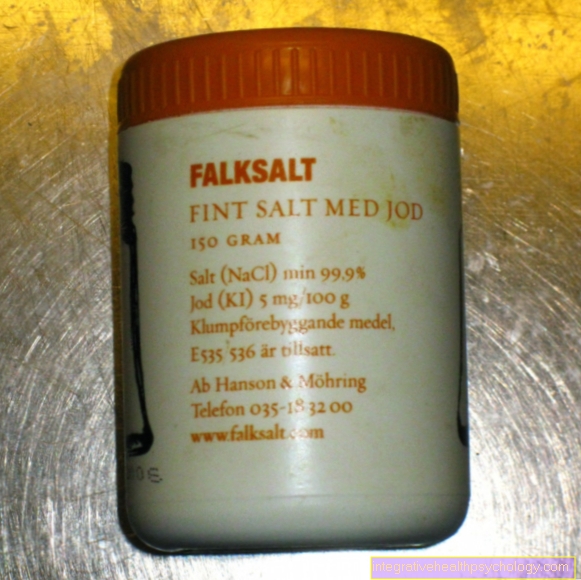


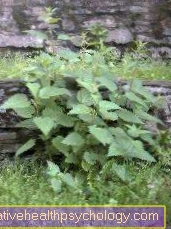

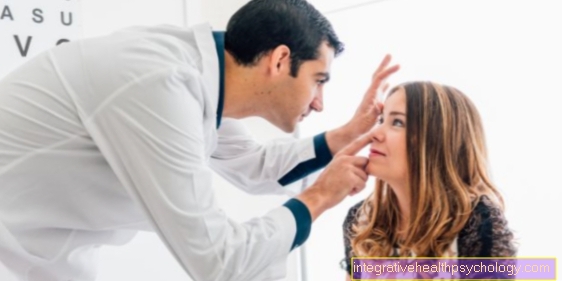

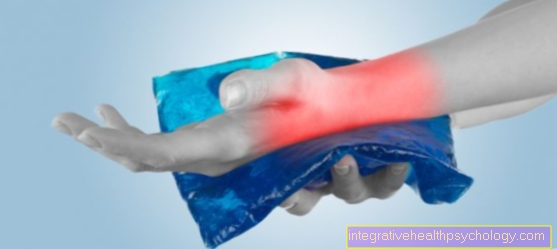


.jpg)
